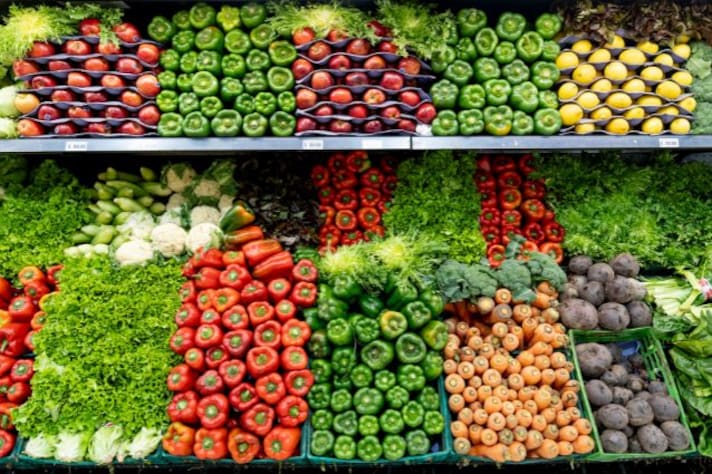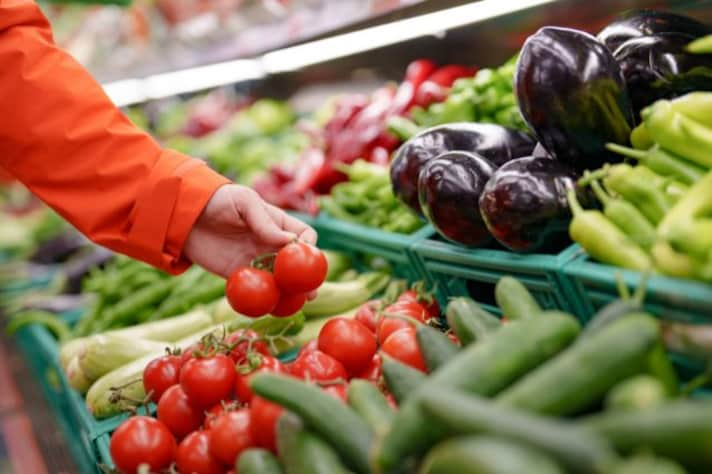How to Ensure You’re Buying Fresh Fruits and Vegetables
Choosing fresh fruits and vegetables is essential for taste and nutrition. Now, you don’t have to worry about buying the poor quality produce on the market. In this guide, you’ll find key tips for selecting the best produce, ensuring you bring home fruits and veggies at their peak freshness.

Selecting fresh fruits and vegetables is crucial for enjoying their full flavor and nutritional benefits. With so many options available, it can be challenging to know what to look for. This guide offers essential tips for choosing the best produce, ensuring you always bring home fresh and tasty fruits and veggies.
General Tips for Buying Fresh Produce
Whether you’re buying fruits or vegetables, firmness is often a sign of freshness. Gently press the produce; it should feel firm and not mushy. However, some fruits, like peaches or avocados, may be slightly soft when ripe. Vibrant color is usually a good indicator of freshness and ripeness. Dull or discolored spots can suggest the produce is past its prime. For example, bright green leafy vegetables are fresher than those that are yellowing.
Look for signs of bruising, cuts, or mold. Damaged produce spoils faster and can be a breeding ground for bacteria. Avoid fruits and vegetables with blemishes or soft spots. Fresh produce often has a pleasant aroma. Fruits like melons and berries should smell sweet. A lack of smell or an off odor can indicate that the fruit is not fresh.

Buying seasonal produce often ensures better taste and quality. Fruits and vegetables in season are usually fresher, more flavorful, and less expensive.
Specific Tips for Fruits
- Apples: Choose apples that are firm and free from blemishes or wrinkles. The skin should be tight, and the color should be bright.
- Bananas: Look for bananas that are yellow with slight green at the tips for ripening at home. Avoid bananas with dark spots if you don't plan to eat them soon.
- Berries: Select berries that are plump, dry, and free from mold. Check the container for any juice stains, which can indicate overripe or damaged berries.
- Citrus Fruits: Choose citrus fruits like oranges and lemons that feel heavy for their size, which indicates juiciness. The skin should be bright and smooth.
- Melons: Melons like cantaloupe and watermelon should have a sweet aroma. Tap them gently; a hollow sound often indicates ripeness. The skin should be free from soft spots and cracks.

Specific Tips for Vegetables
- Leafy Greens: Choose greens like lettuce and spinach that are crisp and vibrant in color. Avoid greens that are wilted or have yellow or brown spots.
- Tomatoes: Select tomatoes that are firm but yield slightly to pressure. The skin should be smooth and free from wrinkles or blemishes.
- Carrots: Look for carrots that are firm and brightly colored. Avoid carrots that are limp or have cracks. If the greens are still attached, they should be fresh and not wilted.
- Bell Peppers: Choose peppers that have smooth, firm skin and feel heavy for their size. Avoid peppers with soft spots or wrinkles.
- Potatoes: Select potatoes that are firm and free from sprouts or green spots. Soft or shriveled potatoes are a sign of age.
;Resize,width=767;)

;Resize,width=712;)

